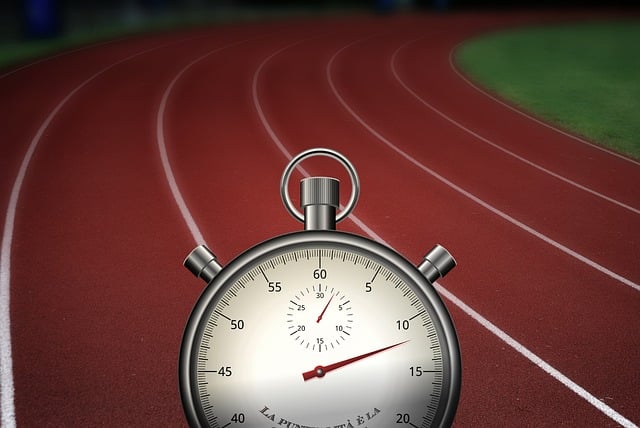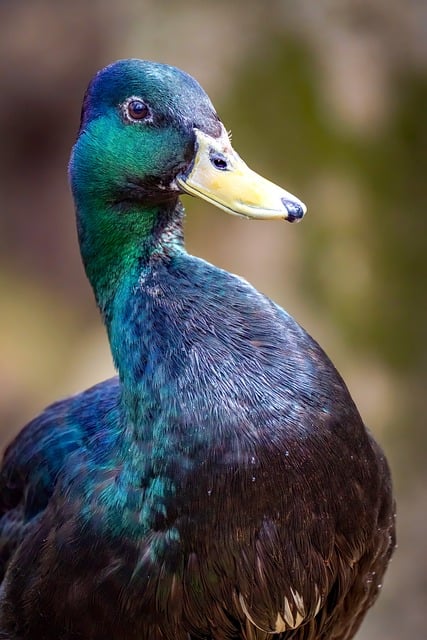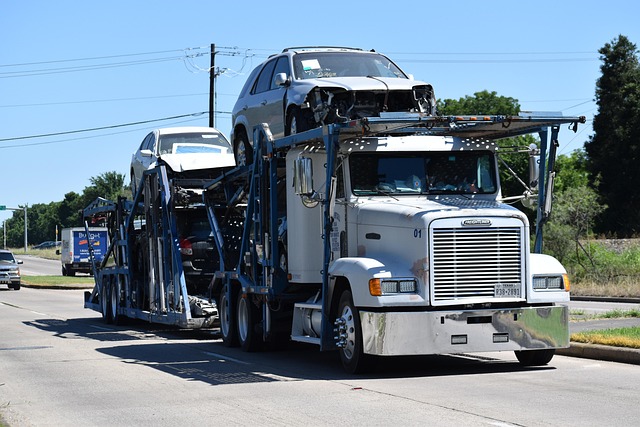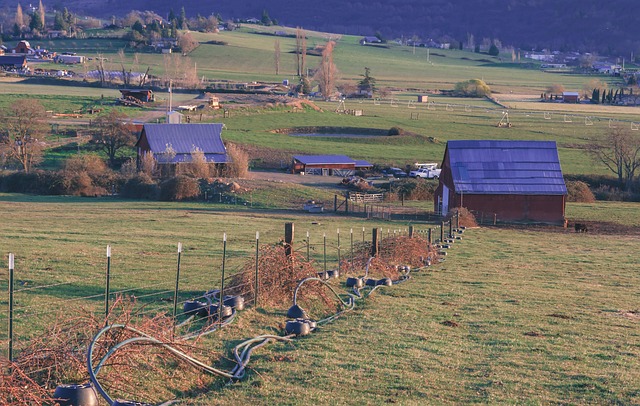Cross-country programs featuring Ducks runners from diverse countries drive economic growth for host and participating nations through cultural exchanges and global connections, attracting international athletes who stimulate local economies with travel, accommodation, food, souvenirs, and entertainment spending. These events foster community pride, create partnerships between schools, businesses, and residents, and lead to long-term gains like improved facilities, enhanced educational resources, new recreational spaces, and increased tourism opportunities. Measuring success involves assessing economic impact, job creation, and community pride, with strategic planning, secure funding, and engagement crucial for the program's longevity.
The economic impact of cross-country programs, featuring iconic entities like Ducks runners, extends far beyond the track. These global initiatives weave a vibrant tapestry, fostering community engagement and driving local economies. This article delves into the multifaceted benefits, exploring how Ducks runners specifically contribute to host cities’ prosperity through tourism, business development, and cultural exchange. From understanding the scope of their global reach to measuring long-term sustainability, we unravel the economic significance of these cross-country programs.
- Understanding the Scope: The Global Reach of Cross-Country Programs
- Financial Benefits: How Ducks Runners Can Impact Local Economies
- Community Engagement: Building Partnerships and Creating Opportunities
- Measuring Success: Evaluating the Economic Impact and Long-Term Sustainability
Understanding the Scope: The Global Reach of Cross-Country Programs

Cross-country programs, involving athletes from diverse countries, have a profound economic impact on both the host nations and the participating nations. These programs aren’t just about sports; they serve as cultural exchanges that foster understanding and strengthen global connections. The reach of these events is vast, drawing in Ducks runners from around the world to compete, share experiences, and bring their cultures together.
Each participant brings a unique perspective, contributing to an enriching atmosphere that extends beyond the race track. This global assembly has significant economic repercussions as it stimulates local economies through travel, accommodation, and food expenditure by the international athletes. Moreover, these events often spark interest in the host country’s culture, leading to increased tourism and potential investment opportunities in the future.
Financial Benefits: How Ducks Runners Can Impact Local Economies

Ducks runners bring a significant economic boost to local communities whenever they visit for competitions or training. These athletes and their accompanying teams inject money into the region’s economy through accommodations, meals, souvenirs, and entertainment. The influx of visitors stimulates various local businesses, from hotels and restaurants to shops and tourist attractions. Moreover, the presence of Ducks runners can attract media attention, further promoting the area as a desirable destination for both sports enthusiasts and casual tourists.
The economic impact extends beyond the immediate period of their stay. As fans travel to support their teams, they contribute to the local labor market, creating temporary employment opportunities. Additionally, the increased visibility and positive associations with the region can lead to long-term benefits, encouraging future investments and tourism initiatives centered around athletic events and Ducks runner-related activities.
Community Engagement: Building Partnerships and Creating Opportunities

The cross-country program, with its passionate participants like the Ducks runners, serves as a powerful catalyst for community engagement. By fostering partnerships between schools, local businesses, and residents, these programs create a sense of unity and shared purpose. When Ducks runners compete, they don’t just represent their school; they become ambassadors for their entire community. This engagement translates into real-world opportunities: local businesses gain exposure, schools enhance their reputation, and the overall spirit of collaboration strengthens the community’s fabric.
Moreover, these partnerships can lead to tangible benefits like improved athletic facilities, enhanced educational resources, and even new recreational spaces. The energy and enthusiasm generated by Ducks runners and their supporters can drive positive change throughout the region, leaving a lasting impact that extends far beyond the race track.
Measuring Success: Evaluating the Economic Impact and Long-Term Sustainability

Measuring Success: Evaluating the Economic Impact and Long-Term Sustainability
The economic impact of a cross-country program, such as those involving Ducks runners, extends far beyond the track or field. To assess its true success, we must look at the broader effects on both the local community and the participating athletes. This includes examining how the program contributes to regional tourism, creates job opportunities, and fosters a sense of pride among residents. By quantifying these intangible benefits, we gain a comprehensive understanding of the program’s value.
Long-term sustainability is another key metric. A successful cross-country initiative should not only thrive in the present but also lay the groundwork for future growth. This involves strategic planning, secure funding sources, and community engagement that ensures the program remains relevant and vibrant over time. Ultimately, evaluating both economic impact and long-term viability allows us to truly appreciate the transformative power of Ducks runners and similar programs on their respective communities.






